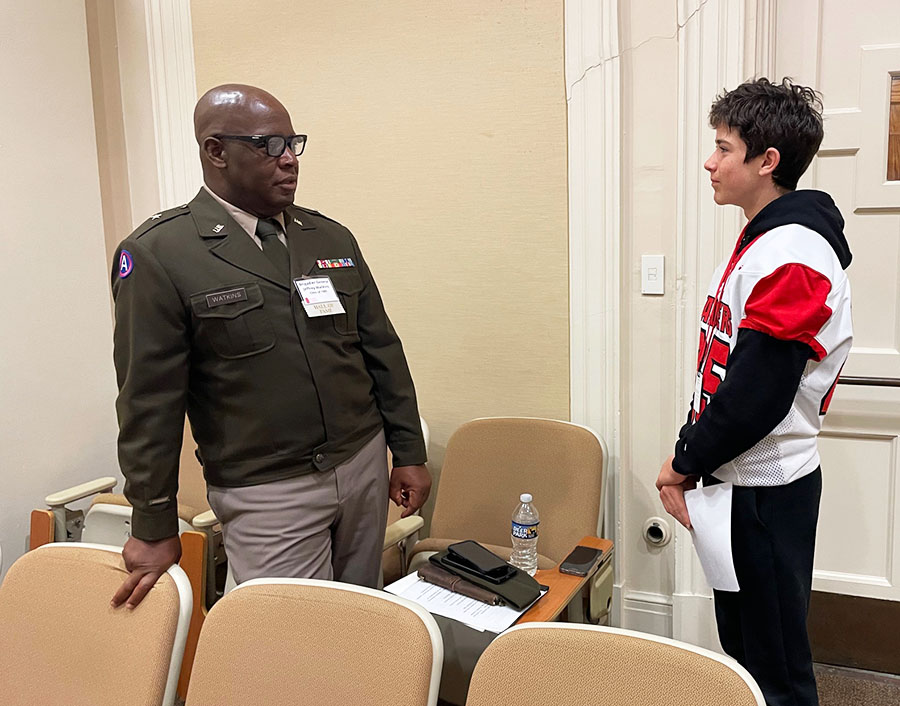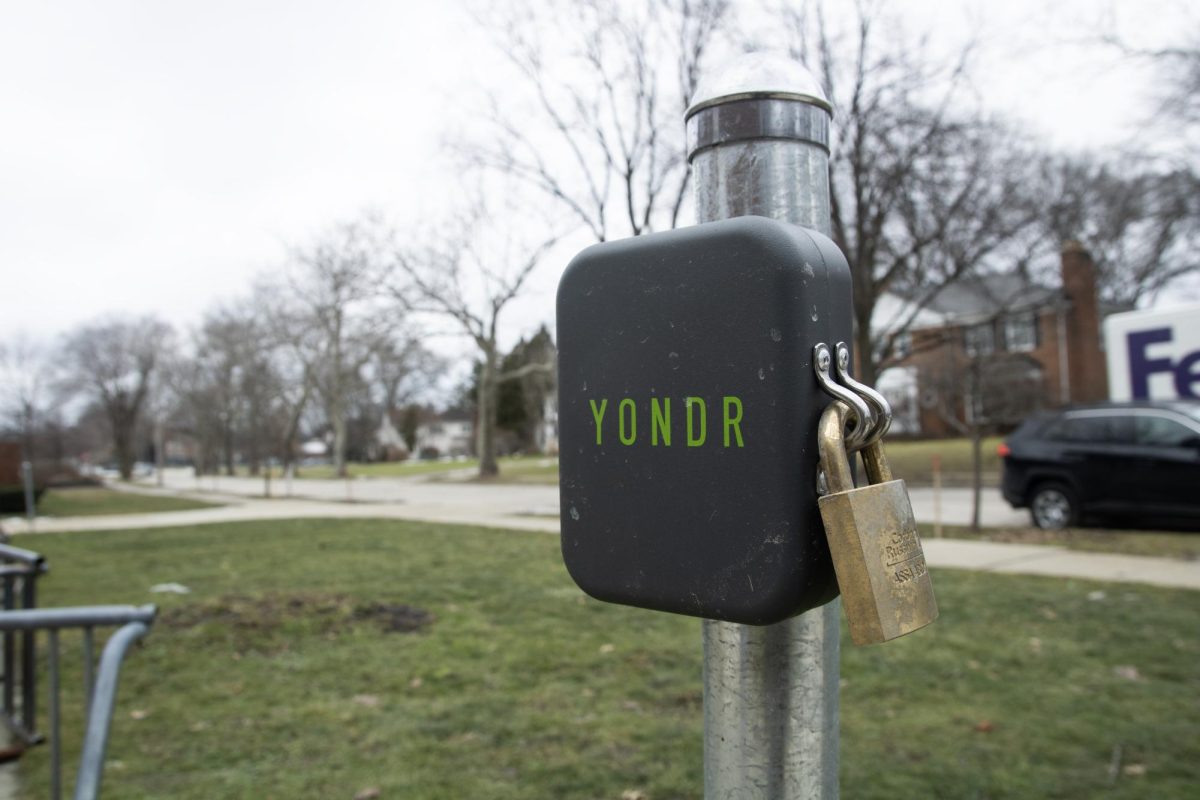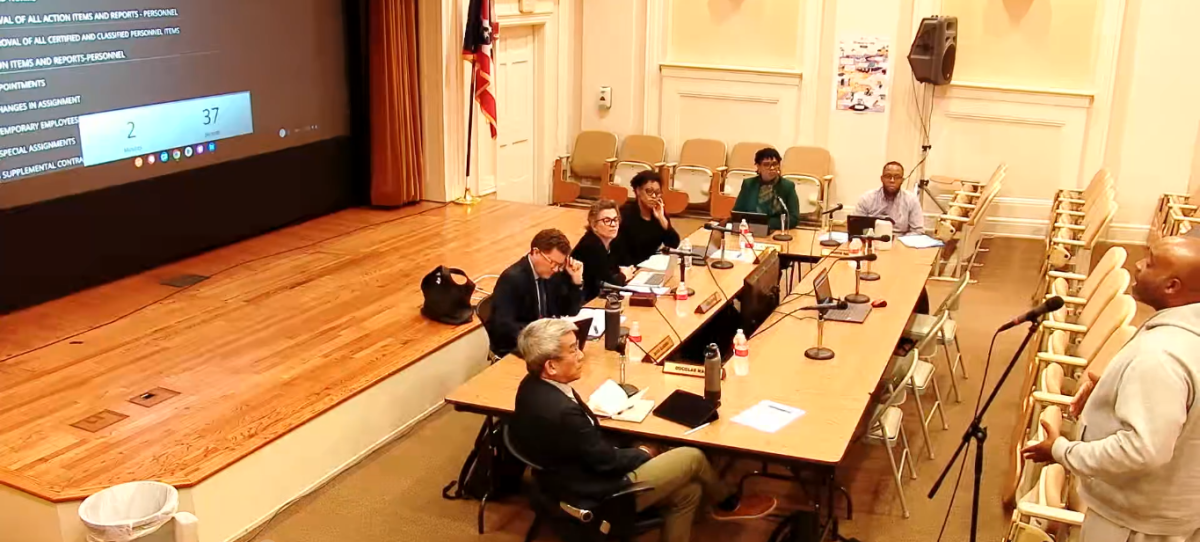A total solar eclipse will pass over the Cleveland area Monday, and all Shaker Heights schools will be closed to students on that date.
The eclipse — when the moon lines up with the sun and blocks its light — will be the first total eclipse to pass over Cleveland since 1806, and the first partial eclipse since August 2017. During a partial eclipse, only some of the sun’s light is blocked; during a total eclipse, the moon blocks all of the sun’s light.
The first signs of Monday’s eclipse in Shaker Heights will begin at 1:59 p.m., when the moon will partially obscure the sun. The moment of totality, when the sun is fully obscured by the moon, will start at 3:13 p.m. and last until 3:17 p.m.. The last signs of the eclipse will end at 4:29 p.m.
Each student and staff member received a pair of eclipse glasses at school April 2. The glasses make it safe to observe the eclipse directly without the risk of eye damage. The district purchased roughly 6,000 pairs for this purpose.
“There’s enough for all of the students and staff across the district,” planetarium director and astronomy teacher Bryan Child said. “I’ve been preparing with the K-6 students [who visit the planetarium] on how to use them safely.”
Schools will also be closed in other northeast Ohio communities, including Parma, Avon Lake and Rocky River, not just to give students a day off, but also to avoid inevitable traffic problems. On account of the rarity of this event, thousands of people are expected to drive into Cleveland and the greater Cleveland area. This could cause some safety concerns, according to Bryan Kloss, operations manager at the Cuyahoga County Office of Emergency Management, including traffic congestion and poor cell phone reception.
“There’s going to be a lot of people in a single area; cell phones might be hindered, and there needs to be a plan in order to communicate. Tell your family, tell your friends where you’re going to be, when you’re going to be there, and have a plan,” Kloss said.
Traffic jams may also cause problems. Kloss said that transportation is an important concern for the CCOEM. “On the fire department and police side, we have to make sure: ‘Do you have an alternate route to hospitals in case we get traffic jams? Do you have secondary communication lines in place? Do you have your radios backed up?’ ” he said.
Some students have made plans for the day. “We’re going to an eclipse party with a family friend on the lake, so we’re gonna see it from there,” junior Maya Mayan said.
Junior Andy Benincasa said he will stay home, “sleep and chill out.”
Sophomore Isaac Fadel plans to “go wherever my parents are going and watch it on the news.”
Freshman Hailey Seifert is still unsure. “I thought I’d get together with some of my friends to watch the eclipse,” she said. Faculty and staff will work half the day, but will leave school at 11:30 a.m. before the eclipse begins.
Reading teacher Emilee Callahan is excited about the event. “My aunt and uncle work for NASA, and I’m just a space nerd, so I was really excited about the eclipse,” Callahan said. “My husband and I both work in this building and live on the West Side, so we took personal days.”
The next total solar eclipse to pass over Cleveland will occur in 2444; English teacher Aimee Grey said that it is a once-in-a-lifetime opportunity. “Cleveland is one of the places with the longest periods of totality. I’m pretty psyched about it!”






